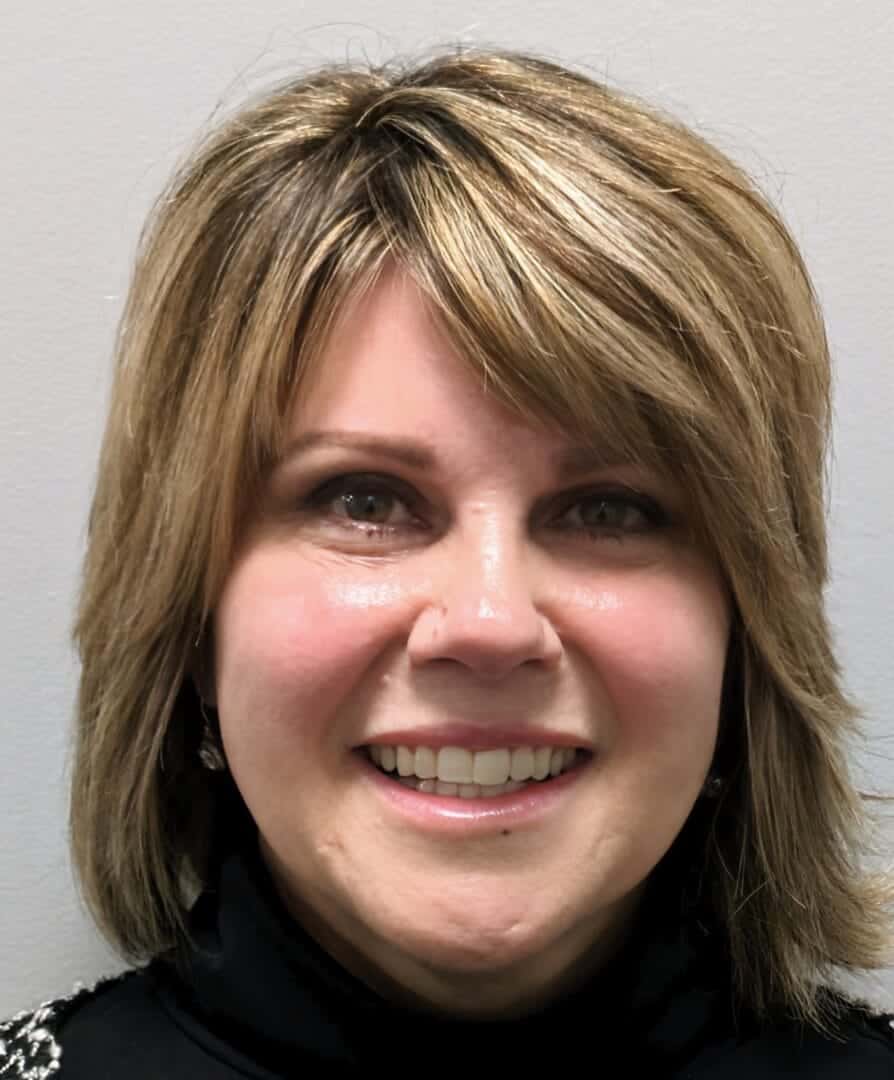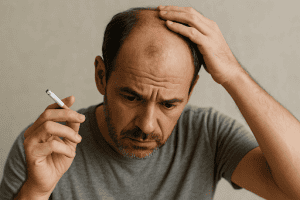Key Takeaways
-
Methadone therapy helps with withdrawal symptoms and keeps opioid dependence stable.
-
The first week focuses on identifying the problem, initiating medication, and developing a treatment plan.
-
The COWS Score and other tools help people in early recovery from opioid addiction take their medications safely.
-
Week one usually includes a planned, intense outpatient treatment or drug detox program.
-
Strategies for preventing relapse begin immediately to help individuals succeed in the long term.
Introduction
The first week of methadone rehab is often filled with anxiety, uncertainty, and physical discomfort—but also with hope. For many, it’s the first real break from the cycle of opioid addiction and the beginning of lasting change. Beginning methadone rehab is a crucial step in getting better from opioids. Beginning methadone rehab is an essential step in getting better from opioids.
Methadone is an opioid agonist that lasts a long time. It helps with cravings, withdrawal symptoms, and brain chemistry. It remains a cornerstone of medication-assisted treatment (MAT), a proven recovery approach endorsed by the Substance Abuse and Mental Health Services Administration (SAMHSA). The first week is all about receiving high-quality medical care, building trust with your treatment team, and laying the groundwork for both emotional and physical recovery.
What Happens on the First Day of Methadone Rehab?
Your first day at the methadone center starts with a full intake assessment. You will meet with doctors, nurses, addiction specialists, and counselors. This first session includes:
-
A look at your medical history and current health
-
History of substance usage and how often it happens
-
Psychological evaluation
-
Blood work and urinalysis
Your provider will use the Clinical Opiate Withdrawal Scale (COWS Score) to figure out your starting methadone dose based on this information. The COWS helps figure out how bad the withdrawal is and stops people from taking too much medicine.
You’ll be monitored for a few hours after your initial dose to assess how your body responds. You should start to feel better within 30 to 60 minutes, with the best results typically occurring between 4 and 6 hours after administration. However, during the first few doses, you can expect some side effects, such as tiredness, dry mouth, or feeling lightheaded.
Days 2–3: Changes in Dose and Clinical Monitoring
You will return on the second and third days for further observation and any dose adjustments. Because methadone has a long half-life, the dose is raised slowly and carefully to reduce side effects and prevent oversedation or respiratory issues. You will be monitored for:
-
Blood pressure and heart rate
-
Signs of being sleepy or upset
-
Updates on COWS scores
Counseling usually starts in the first few days, giving you a chance to talk about your anxieties, objectives, or prior trauma. You may also want to consider group therapy and peer support to help you feel less isolated.
These services are part of the comprehensive care model described by the Centers for Disease Control and Prevention, which recommends behavioral therapy alongside medications for best outcomes in opioid use disorder treatment.
Days 4–5: Starting Behavioral Therapy and a Schedule
Your body will start to adjust to the medicine by the middle of the week. You will be given a set dose that protects you from getting high while also keeping you from getting sick. During this time, you start to take part in the main parts of the curriculum, such as:
-
Treatment to stop relapses
-
Individual therapy, such as cognitive behavioral therapy (CBT) or trauma-informed care
-
Teaching people about addiction and the science of recovery
-
Mindfulness and other ways to lower stress
If you are in an intensive outpatient program, you return home each day but attend several structured treatment sessions weekly. In contrast, inpatient or detox settings offer round-the-clock medical supervision and a highly controlled environment for stabilization.

Days 6–7: Making the Structure and Support Systems
At the end of the first week, it’s time to make things consistent. You will start to:
-
Make a rehabilitation strategy that works for you.
-
Find out what makes you angry and how to deal with it.
-
Take part in family therapy or life skills classes.
-
Go to peer support groups like NA or SMART Recovery.
It’s normal to experience both hope and tiredness at the same time. Getting off opiates, even with methadone, is hard on the mind. As their physical symptoms subside, many clients begin to sleep better and feel less anxious.
According to the National Institute on Drug Abuse, successful opioid use disorder treatment must combine medication with counseling, lifestyle changes, and long-term planning. This comprehensive model sets the stage for sustainable recovery.
Depending on your drug detox program progress, you may be ready to transition into a longer-term program, such as a 30-day residential rehab, or continue outpatient care.
Conclusion
The first week of methadone rehab is challenging and life-changing. You’ll start to regain control of your health and mind as your body improves. Medication helps with the physical pain so you can focus on the emotional and behavioral parts of healing.
Medication helps with the physical pain so you can focus on the emotional and behavioral parts of healing. That’s the purpose of methadone—not to replace one drug with another, but to provide the stability needed to rebuild your life with clarity and support.
Don’t delay if you or someone you care about is ready to take the first step toward long-term recovery. If you want to talk to caring specialists who understand what you’re going through, call Virtue Recovery Center Chandler at 866-338-5779. One choice can set you on the path to hope, healing, and freedom.
How Can the First Week of Rehab Support Women with Workaholism and Alcohol Issues?
The first week of rehab is crucial for women’s alcohol recovery, offering a safe space where women can confront their workaholism and alcohol issues. It provides tailored therapies and supportive peer connections that empower them to break free from destructive patterns while building a foundation for lasting change and healing.
FAQs
What does the COWS score mean in methadone rehab?
The Clinical Opiate Withdrawal Scale (COWS) tells you how bad your withdrawal is and how much methadone you should take safely.
How long does it take for methadone to kick in?
The first effects start to show up 30 to 60 minutes after taking the drug, and they peak 4 to 6 hours later.
Is detox the same thing as methadone rehab?
Detox is part of methadone rehab, but so is behavioral therapy and planning for long-term recovery.
Is it possible to work or go to school while on methadone?
Yes. Many people who need help with their school or work schedules join outpatient programs.
What happens if I forget to take a dose within the first week?
If you miss doses early on, it could take longer for things to stabilize. Always let your care team know so they can adjust your plan safely.
Resources
-
Substance Abuse and Mental Health Services Administration. “Medication-Assisted Treatment (MAT).” SAMHSA, 2024. https://www.samhsa.gov/medication-assisted-treatment
-
Centers for Disease Control and Prevention. Opioid Use Disorder: Treating. CDC, 9 Apr. 2024, https://www.cdc.gov/overdose-prevention/hcp/clinical-care/opioid-use-disorder-treating.html
-
National Institute on Drug Abuse. Opioid Use Disorder Treatment. NIH/NIDA, 2023, https://nida.nih.gov/nidamed-medical-health-professionals/treatment/opioid-use-disorder-treatment








